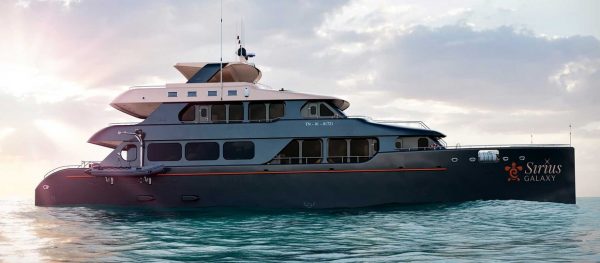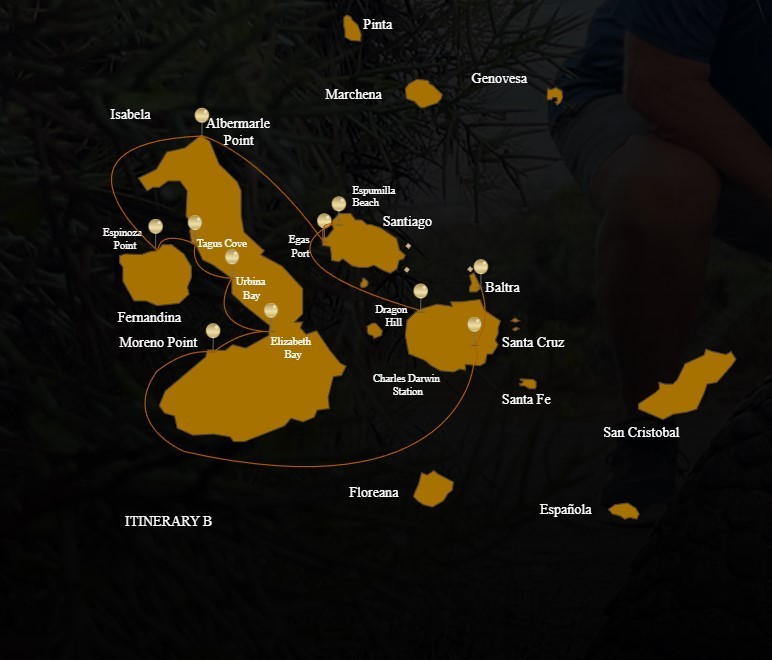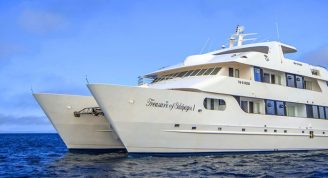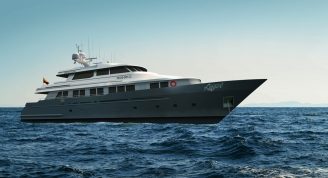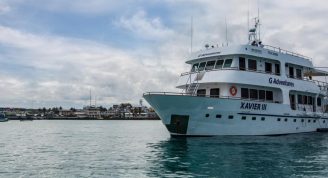Description
Embark on an extraordinary 6-day Galapagos cruise, immersing yourself in the stunning natural wonders of the islands. Explore Santa Cruz’s Highlands and witness the diverse wildlife. Visit Isabela Island, where you can admire the volcanic landscapes of Moreno Point, Elizabeth Bay, Urbina Bay, and Tagus Cove. Discover the pristine wilderness of Fernandina’s Espinoza Point and encounter unique species like marine iguanas and flightless cormorants. Explore Santiago’s Egas Port, Espumilla Beach, and Buccaneer Cove, known for their captivating beauty. Conclude your journey on Santa Cruz’s Dragon Hill, observing the fascinating Galapagos wildlife.
Trip Name
Galaxy Sirius Galapagos Cruise B
Days
6
Overview
Vessel Type: Luxury Catamaran
Length: 36.32 m
Passenger Capacity: 16
Built: 2023
Welcome to an unforgettable adventure in the Galapagos Islands aboard the luxurious Galaxy Sirius. Experience exceptional service and personalized attention as you relax in a comfortable, exclusive, and sophisticated atmosphere. Let us guide you on an unforgettable adventure in this dream destination.
Al Fresco. Immerse yourself in the beauty of the Galapagos Islands as you enjoy the sea breeze, socialize with friends, and sip on your favorite drinks. The perfect place to pamper your senses!
Lounge. Relax and unwind in our elegant Living Room. The perfect place to enjoy time at sea with cruise mates, surrounded by style and comfort.
Restaurant. Immerse yourself in an elegant atmosphere as you savor the exceptional cuisine prepared by our expert chefs. This is the perfect setting for an unforgettable culinary journey to indulge in.
Bar. Enjoy the lively atmosphere and socialize with fellow travelers as you sip your favorite beverage or one of our exquisite cocktail creations.
Solarium. Soak up the sunshine and breathtaking panoramic views as you relax, stargaze, or simply enjoy the cool seaside air from our Sun Deck. The perfect location to embed the luxury that is in nature.


